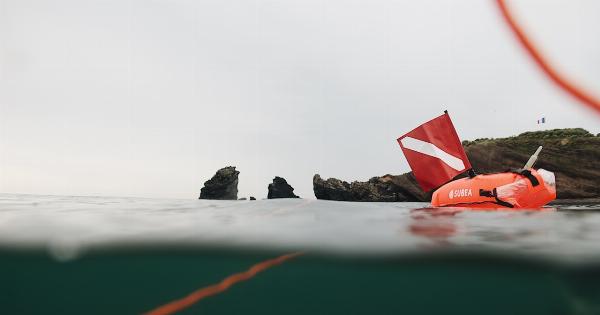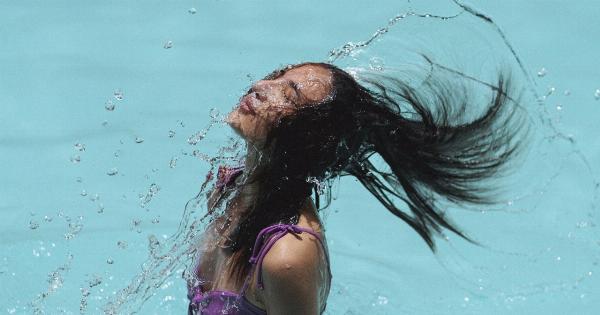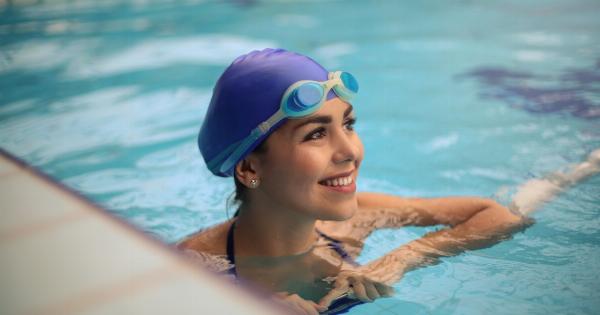Drowning is a silent killer, claiming thousands of lives every year worldwide.
It is one of the most common causes of death among children aged 1-4 years old and the second leading cause of unintentional injury-related deaths among individuals aged 5-24 years old. In this guide, we will discuss everything you need to know about drowning, including its causes, symptoms, prevention, rescue, and treatment.
What is Drowning?
Drowning is defined as the process of experiencing respiratory impairment due to submersion or immersion in water or another liquid.
It occurs when the body is unable to get enough oxygen due to being submerged in water and therefore leads to the deprivation of oxygen and eventually death. Drowning may not always lead to death and non-fatal drowning can also have long-lasting effects on the body and brain.
Types of Drowning
Drowning can occur in several ways such as:.
1. Wet drowning
In this type of drowning, the water enters the lungs and interferes with their ability to transfer oxygen into the bloodstream, leading to respiratory failure and death.
2. Dry drowning
Dry drowning occurs when the victim inhales water and it triggers a spasm in the airway, leading to the closure of the airway and preventing oxygen from entering the lungs.
Dry drowning can occur several hours after the incident and can lead to death if left untreated.
3. Secondary drowning
This type of drowning occurs when water enters the lungs, causing inflammation and fluid buildup that can lead to breathing difficulties within hours or days of the incident. This can lead to respiratory failure and death during this time.
Causes of Drowning
Drowning can occur due to several causes, including:.
1. Lack of Swimming Skills
Individuals who do not know how to swim or have inadequate swimming skills are at a higher risk of drowning.
2. Alcohol and Drugs
Alcohol and drug use can impair judgment, coordination, and balance, leading to accidents and drowning.
3. Lack of Supervision
Children are at a higher risk of drowning when left unattended while playing near water bodies such as pools, lakes, and rivers.
4. Seizures
Individuals with seizures are at a higher risk of drowning during a seizure episode.
5. Medical Emergencies
Individuals can drown due to a sudden cardiac arrest, pulmonary edema, or hyperventilation while in the water.
Drowning Symptoms
The symptoms of drowning may vary depending on the severity of the incident. Some of the symptoms of drowning include:.
1. Inability to Breathe
Individuals who are unable to breathe or gasp for air while in the water or after rescue may have drowned.
2. Blue Lips and Skin
A person who has drowned may have blue lips and skin due to lack of oxygen in the body.
3. Foam around the Mouth
A person who has drowned may have foam around their mouth and nostrils due to water entering the lungs.
4. Unconsciousness
Victims who have lost consciousness or are unresponsive after rescue may have drowned.
Prevention of Drowning
Prevention of drowning involves taking measures to reduce the risk of drowning, including:.
1. Learning to Swim
Individuals of all ages should learn how to swim to prevent drowning.
2. Supervision
Children should always be supervised by an adult while swimming or playing near water bodies such as pools, lakes, and rivers.
3. Swimming and Diving Safety Regulations
Following safety rules such as not swimming alone, wearing a life jacket while in open water, not diving in shallow water, knowing the depth and layout of the pool, and avoiding drains and suction devices can prevent drowning.
4. Alcohol and Drug Avoidance
Avoiding alcohol and drug use while swimming or operating boats or personal watercraft can prevent drowning.
Rescue of Drowning Victims
Immediate rescue of drowning victims can save their lives. The following steps should be taken when rescuing a drowning victim:.
1. Call for Help
Call for help immediately if you notice someone drowning and cannot reach them.
2. Reach or Throw, Don’t Go
You should not enter the water to rescue a drowning victim if you do not have sufficient experience to do so safely. Instead, try to reach the victim with a long object such as a pole, flotation device, or rope.
You can also throw anything that floats such as a life jacket, ring buoy, or buoyant cushion to the victim.
3. Swim for the Victim
If you are a strong swimmer with experience in open water, you can swim to the victim and bring them back to safety. If you do swim to the victim, make sure to take a flotation device or buoyancy aid with you.
4. Perform CPR if Needed
If the victim is not breathing, you should perform CPR (cardiopulmonary resuscitation) immediately until medical help arrives.
Treatment of Drowning
The treatment of drowning depends on the severity of the incident. The following steps may be taken to save a drowning victim:.
1. Basic Life Support
If the victim is not breathing, CPR should be started immediately until medical help arrives.
2. Airway Management
If there is water in the victim’s airway, it should be cleared and a breathing tube may need to be inserted to facilitate oxygenation.
3. Oxygen Therapy
Oxygen therapy may be necessary to facilitate the exchange of oxygen and carbon dioxide in the lungs.
4. Medication
The use of diuretics and other medications may be necessary to reduce inflammation and fluid buildup in the lungs.
Conclusion
Drowning is a preventable tragedy that can claim lives quickly and silently. As discussed in this comprehensive guide, drowning can occur due to several causes, and prevention, rescue, and treatment of drowning are crucial in saving lives.
By taking safety measures, learning to swim, and engaging in precautionary actions, we can reduce the risk of drowning and prevent this tragedy from occurring.




























